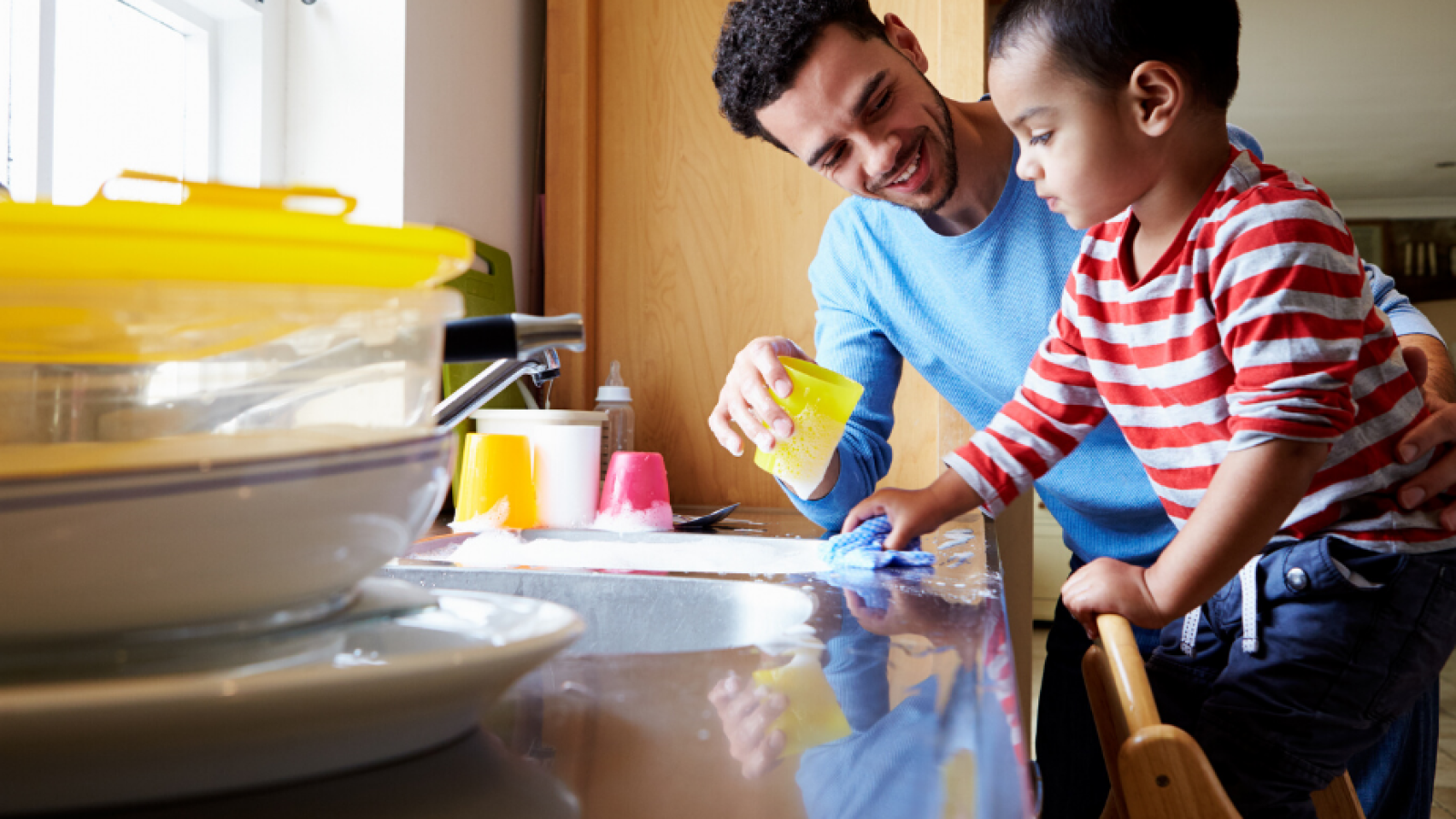By Iyana Simba | Clean Water Advocate
This past week was National Water Week. Universal access to safe, clean and affordable water is critical, but especially so in the context of COVID-19. As public health experts recommend frequent handwashing and other hygienic practices, 15 million Americans lack running water, including thousands of Illinoisans. We commend Governor Pritzker for announcing a moratorium on water shutoffs; however, it does not extend to all communities of Illinois, nor does it require reconnection. Similarly, the city of Chicago’s moratorium is a necessary but insufficient step. Households whose water was shut off before the moratorium was announced may still be dry today, months later.
Current Situation
An investigation by WBEZ and American Public Media found the Chicago Department of Water Management issued nearly 150,000 water shutoff notices between 2007 and April 2019, 40% of which were issued in five of the city’s poorest zip codes. Upon entering office last spring, Mayor Lightfoot suspended water shutoffs; however, the administration made no formal plans for reconnection. Additionally, Chicago, along with many other Illinois municipalities, do not have a consistent way of tracking shutoffs and reconnections.
On March 18th, days after Governor Prtizker issued a state of emergency, the Illinois Commerce Commission, which regulates private water utilities, ordered a moratorium on shutoffs and a ban on late fees and penalties. Following suit, a majority of public water utilities in Illinois have suspended water shutoffs, but it’s unclear how many are actively reconnecting previously disconnected households.
IEC and our partners are actively reaching out to water utilities and local and state government agencies to establish a policy and plan for water reconnection and emergency water provisions, such as water bottles and hand washing stations.
Why is the cost of water rising?
Water has become increasingly expensive over the last few decades for many reasons. First, aging, inefficient water infrastructure, coupled with shrinking state and federal dollars, has resulted in water utilities pushing operating and maintenance costs onto ratepayers. Second, many municipalities that purchase water from other municipalities incur middleman and water transportation costs that they also pass on to customers. Finally, municipalities that experience a decline in population have difficulty supporting water systems that remain the same size, spreading the cost among fewer ratepayers. Other factors include mismanagement of municipal funds, little oversight over municipal-run water utilities, and water loss from leaky pipes within homes.
Where is this happening?
While water rates have skyrocketed across the county, we’ve seen especially high increases in Great Lakes cities. A study by American Public Media, found that in Chicago, the cost of water for the average family of four tripled between 2007 and 2018, from $178 to $576 a year. This amount may seem insignificant if spaced out twelve months; but, many water utilities bill households quarterly or once a year, meaning people are hit with a larger bill that they may not be prepared to pay. High water bills disproportionately burden low income households who may fall behind on payments and thus have their water shut off. When households can’t afford to pay, their water is eventually shut off and the process to have it reconnected can be costly.
Life Without Water
Water shutoffs have socioeconomic and health impacts. Families may experience distress, shame, or anxiety as they risk having their home condemned. Parents may risk losing custody of their children. Struggling to pay their water bill, households may also be forced to take out loans to pay their bill, or to prioritize other essential utilities. Perhaps more importantly right now, water is essential for hygiene and sanitation–without it, families are more vulnerable to contracting infectious diseases, including COVID-19. Water shutoffs are concentrated in the same communities that already experience higher rates of asthma, diabetes, heart disease, and other health disparities that make them especially vulnerable to COVID-19. In short, this pandemic demonstrates the heightened need for clean, running water.
What are we doing about it?
IEC has identified several actions that need to be taken to ensure all Illinoisans have access to safe, clean and affordable drinking water. In the short term, we are calling for water utilities and local governments to restore water to disconnected homes as quickly as possible, extend moratoriums on water shutoffs indefinitely, and provide emergency water provisions, including water bottles, hand washing stations, and public showering facilities for families as they wait to have their water turned back on. In the long term, IEC is advocating for a statewide water bill assistance program, restructuring water rates to be more equitable, and significantly increased investments in our crumbling water infrastructure.
It comes down to this: access to clean, affordable water is a basic human need. It was a serious public health issue before a state of emergency was declared and it should be a priority, global pandemic or not. We should be arming families with every tool they need to comply with critical hygiene recommendations and combat this virus, whether it is masks or running water. We haven’t done right by the communities most impacted—Black, brown and low income communities—until we’ve guaranteed this vital resource regardless of zipcode, race or ability to pay.

